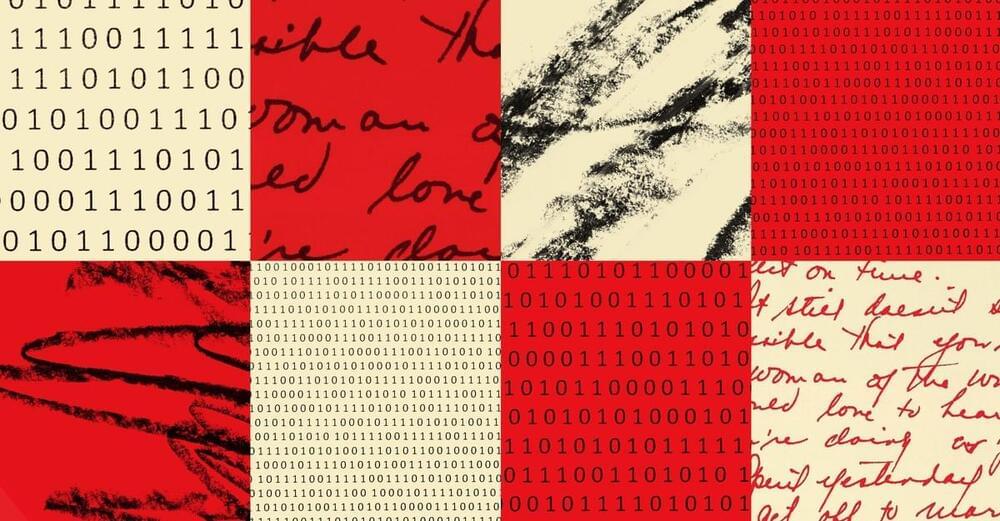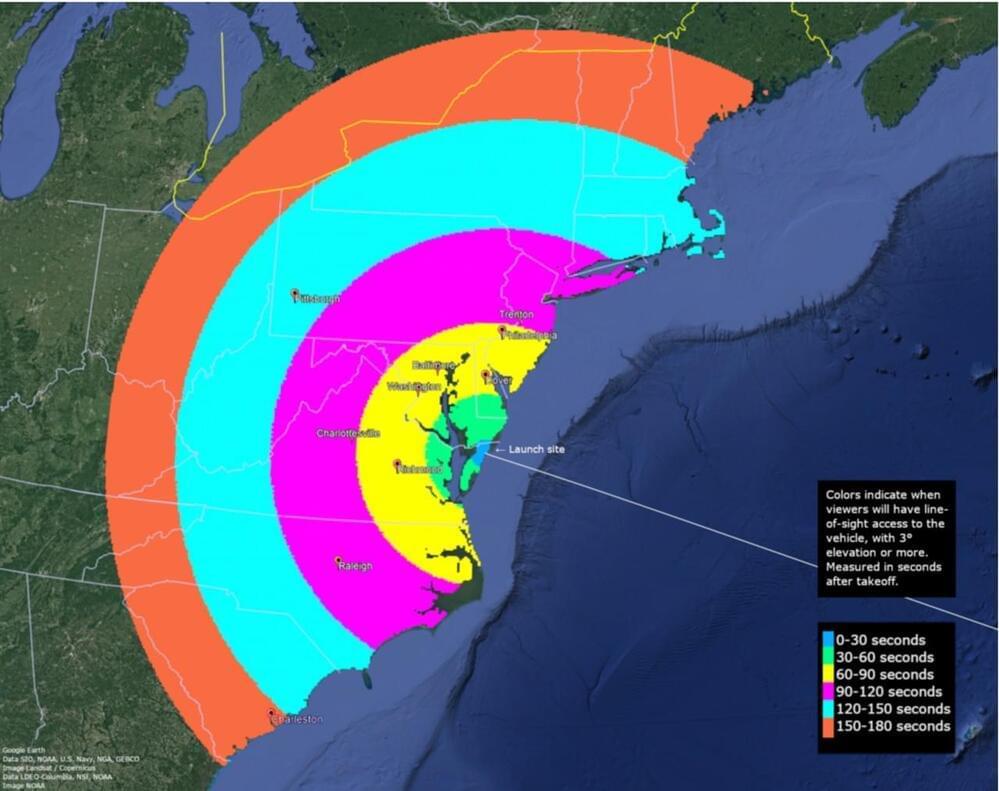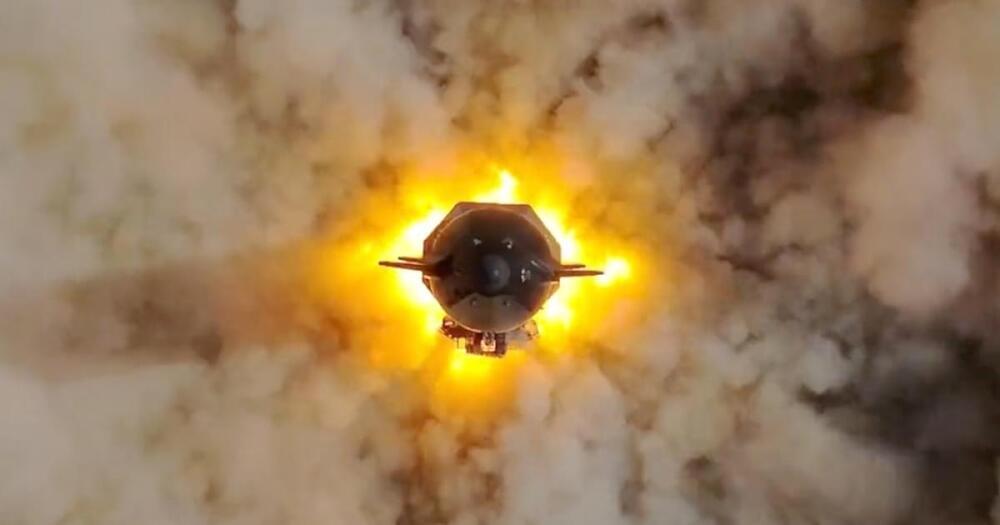The Expanse is one of the seminal sci-fi shows of the past decade. Set centuries in the future when humans have colonized the solar system, it’s been called one of the most scientifically accurate sci-fi shows of all time. But just how much does this hold up to scrutiny?
Join this channel to get access to perks:
https://www.youtube.com/channel/UCF5F2zbc6NhJVyEiZGNyePQ/join.
Watch my video about the science of Star Trek’s phasers: https://www.youtube.com/watch?v=i0unFPbKrks.
Watch my video about the science of Star Wars’ lightsabers: https://www.youtube.com/watch?v=O5a7lHh9EpI
Written, directed, & edited by OrangeRiver.
Cinematography by PhobiaSoft https://www.youtube.com/phobiasoft.
Additional photography by OrangeRiver.
- Music in this video







